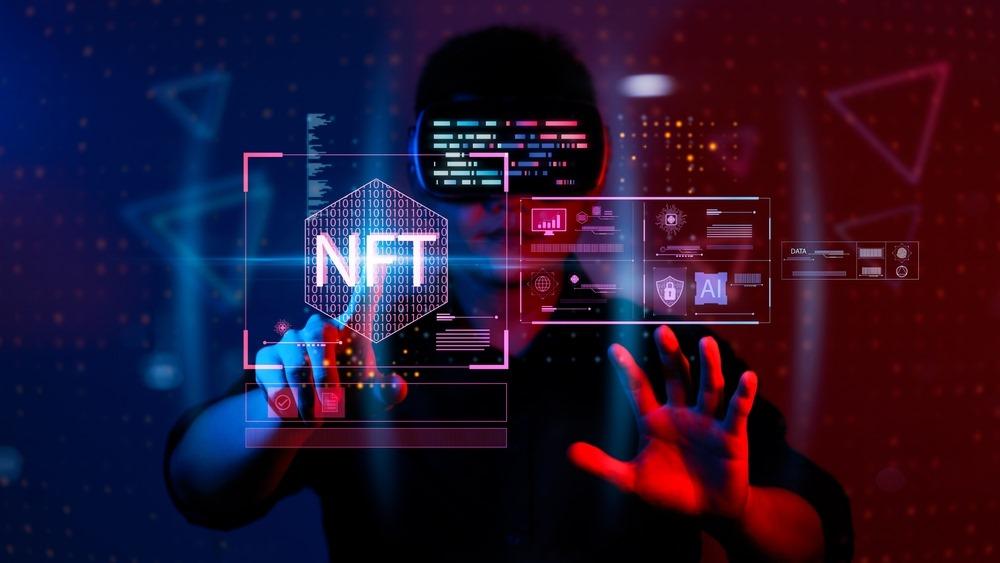How Implementing Blockchain is Revolutionizing Educational Institutions: Benefits and Best Practices
Blockchain technology is rapidly transforming the education sector, facilitating secure record-keeping, improving transparency, and fostering trust among stakeholders. As educational institutions seek innovative solutions to enhance student outcomes and administrative processes, blockchain implementation is emerging as a game-changer. This extensive guide explores how blockchain is revolutionizing educational institutions, highlighting its benefits, key use cases, and best practices for seamless adoption.
Understanding Blockchain Technology in Education
In essence, blockchain is a decentralized digital ledger that records transactions securely and transparently. Every block in the chain contains a record of transactions, creating an immutable, time-stamped database. When applied to educational institutions, blockchain technology addresses critical challenges such as forgery, inefficient record management, and lack of transparency.
- Digital Credential Verification: Blockchain eliminates diploma fraud by securely issuing and verifying educational certificates.
- Transparent Record Keeping: Academic records,attendance logs,and transcripts are securely managed and easily accessible.
- smart Contracts: Automate administrative tasks (enrollment, payments, agreements) for efficiency and accuracy.
Key Benefits of Blockchain Implementation in Educational Institutions
1.Enhanced Data Security and Privacy
Educational data is often sensitive, containing personal and academic details of students and staff. Blockchain secures this facts using encryption and decentralized databases, minimizing the risk of breaches.
- Immutability: Records cannot be altered post-creation, ensuring authenticity.
- Decentralization: No single authority controls the data, reducing the risk of manipulation or loss.
2. streamlined Credential verification
Recruiters,universities,and regulatory bodies spend significant resources validating credentials. Blockchain enables graduates and employers to verify academic qualifications instantly via secure digital ledgers.
- Instant Verification: Reduce time and cost for both institutions and job seekers.
- Prevention of Fraud: Virtually eliminates forged degrees and certificates.
3. Improved Administrative Efficiency
Blockchain-powered smart contracts automate manual processes such as admissions,fee payments,and scholarship distribution. This not only saves time but also reduces chances of human error.
- Automated Processes: Lower operational costs and administrative burden.
- Accuracy: Enhance reliability and consistency of institutional operations.
4. Greater Transparency and Trust
With blockchain, all stakeholders — students, parents, faculty, and accrediting bodies — have access to accurate, time-stamped records.
- auditability: every transaction can be traced back, supporting internal and external audits.
- Stakeholder Confidence: Boosts trust in institutional practices and assessments.
5. Facilitation of Lifelong Learning
Blockchain can definitely help institutions support lifelong learning and micro-credentialing with secure digital badges and certificates, accessible throughout a learner’s career.
- Portability: Students retain complete records of learning achievements.
- Personalization: Institutions can offer tailored learning pathways with reliable tracking.
Case Studies: Blockchain Transforming Education
MIT’s Digital Diplomas
The massachusetts Institute of Technology (MIT) uses blockchain to issue digital diplomas through its Blockcerts platform. Graduates receive a tamper-proof certificate, which employers and other universities can verify instantly—eliminating reliance on the institution for verification.
University of Nicosia’s Blockchain Credentials
The University of Nicosia in Cyprus offers blockchain-based certificates to its graduates, leading the way in secure and efficient credentialing. This approach simplifies the authentication process for international students seeking employment abroad.
sony Global Education Blockchain Platform
Sony Global Education partnered with IBM blockchain to develop a platform allowing multiple institutions to securely share and validate student records. The platform enhances mobility and collaboration among educational organizations worldwide.
Best Practices for Implementing Blockchain in Educational Institutions
While blockchain offers unique advantages,careful planning is essential for successful adoption. Here are key best practices for educational institutions looking to implement blockchain solutions:
- Perform a Needs Assessment: Identify specific administrative or academic challenges blockchain can solve, such as credential verification or student data management.
- Engage Key Stakeholders: Involve students, faculty, and administrators early in the discussion to ensure buy-in and address concerns.
- choose the Right Blockchain Platform: Consider open-source solutions like Hyperledger or Ethereum, or commercial platforms tailored for education.
- Ensure Compliance and Privacy: Adhere to legal and regulatory standards, such as FERPA, GDPR, or local education laws governing data privacy.
- Integrate with Existing Systems: Design solutions that complement current Student Information Systems (SIS) and Learning Management Systems (LMS).
- Invest in Training: Provide comprehensive training to staff and students to facilitate a smooth transition.
- Start Small, Then Scale: Pilot blockchain projects in specific departments before rolling out campus-wide.
Challenges and Solutions in Blockchain Adoption
Despite its benefits, implementing blockchain in education can present certain challenges. Here’s how institutions can navigate them:
| Challenge | solution |
|---|---|
| High Initial Costs | Start with small-scale pilots and seek partnerships or grants to offset development expenses. |
| Technical Complexity | Work with experienced blockchain developers or use modular platforms that simplify integration. |
| Resistance to Change | Communicate the benefits clearly and provide ongoing training and support. |
| Data Privacy Concerns | Implement robust encryption and ensure compliance with relevant data privacy laws. |
Expert Insights: First-Hand Experiences
“Blockchain has fundamentally changed how our institution approaches student records and certificates. Verification is instant, and administrative overhead has gone down dramatically.”
– Dr.Lara Schmidt, registrar, European University
Many educators view blockchain as a strategic investment in institutional trust and efficiency. Students appreciate the ability to share verified achievements with employers worldwide, while faculty benefit from faster, more reliable administrative workflows.
Conclusion: The future of Blockchain in Education
Blockchain technology is on track to become a cornerstone of modern educational institutions.By enabling secure data storage, transparent processes, and instant verification, blockchain empowers schools, colleges, and universities to focus on delivering quality education. Its adoption addresses long-standing challenges in record-keeping, credential fraud, and administrative inefficiency.
For educational leaders, embracing blockchain means building a foundation of trust, innovation, and operational excellence. By following best practices, learning from successful case studies, and addressing challenges proactively, institutions can leverage blockchain to not only revolutionize their internal processes but also set new standards in global education.
Ready to explore blockchain for your institution? Start by assembling a forward-thinking team, evaluating your needs, and seeking partners experienced in educational technology. The revolution is already underway—get ready to make your mark!

